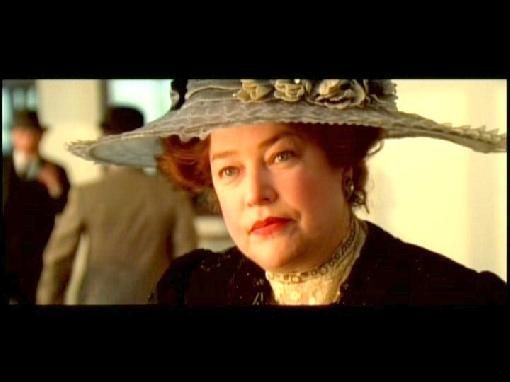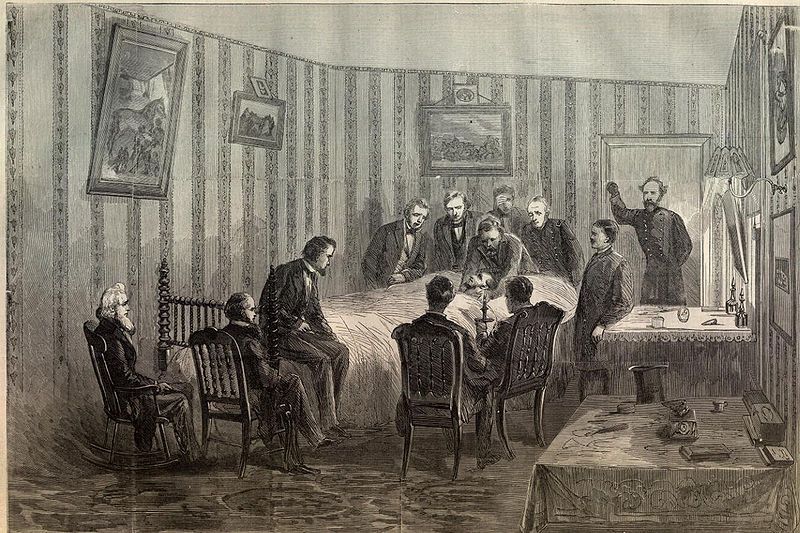American progressives must recognize the urgent need to support and preserve the Venezuelan socialist revolution. The peaceful, democratically elected socialist government serves as a model for the kind of programs that our own country desperately needs.
Look at what Venezuelan socialists have already accomplished and why they have consistently been under attack by Venezuela’s wealthy classes and their U.S. government, CIA and USAID funders: (See Eva Golinger’s “Post Cards from the Revolution” archives for details of U.S. funding at http://www.chavezcode.com/)
In 1998, Hugo Chavez was elected president of Venezuela. He was democratically re-elected twice in the following 14 years until his death in March of 2013, even triumphing over a separate right-wing generated national recall referendum in 2004.
During those years, Chavez and his socialist party, the PSUV, set out to reverse the power relations of the pre-1998 years of capitalist rule and giving voice to the millions of Venezuelans who had previously been poor, hungry, uneducated and ill under those capitalist regimes.
Chavez and his government created what they termed “social missions”, focused programs to deal with depredations that had previously affected the majority of citizens. Their literacy mIssion sent thousands of high school and university students into the country side to teach reading and writing, virally whipping out illiteracy in the country according to UN statistics. A similar project provided high school level education to those without previous access, while hundreds of new university and technical programs were created where no tuition was charged and students were actually paid a stipend to go to school.
An early mission, called Mission Adentro, brought free neighborhood medical and dental clinics by the thousands into neighborhoods throughout the country which were previously unserved. A mission to provide good nutritional food provides subsidized markets and restaurants.
After the extreme flooding throughout the country in 2010, which destroyed thousands of homes, a new Mission to build 2 million new homes began, homes to be given to families at very low interest rates or even free, depending on family income.
There followed a massive training and employment program for up to two million people, wherein folks received job training and thereafter job placements at government expense.
Since 2003, more than the equivalent of $772 billion has been invested in the social missions programs.These funds came from the profits of Venezuela’s nationalized oil industry.
In 2011, five new “great social missions” were launched to build upon the work of previous programs and achieve specific objectives regarding health, employment, housing, social security, and agriculture. Millions of workers, students, mothers, children and the disabled have received the benefits of these social services while receiving government financial support to utilize these programs.



 The actor Kathy Bates, who portrayed Margaret “Molly” Brown in the movie Titanic, bears an uncanny resemblance to Margaret Brown.
The actor Kathy Bates, who portrayed Margaret “Molly” Brown in the movie Titanic, bears an uncanny resemblance to Margaret Brown.
Recent Comments